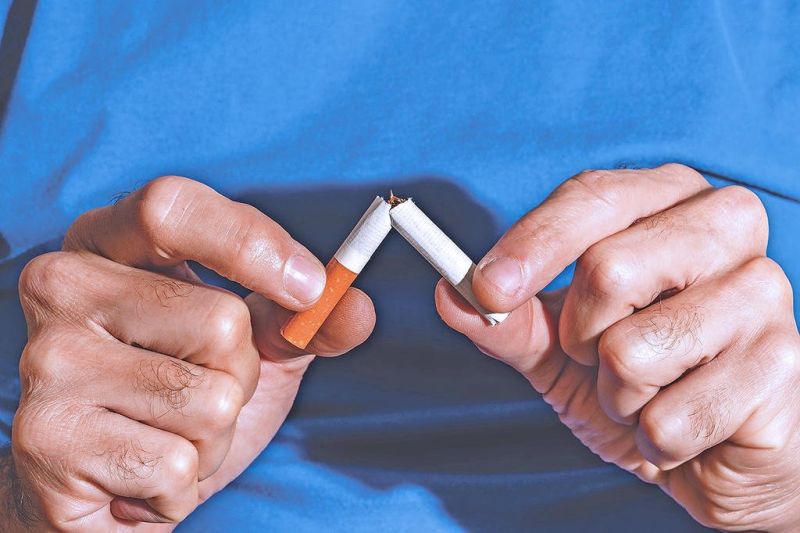Now’s the time to quit smoking, vaping
According to the Centers for Disease Control and Prevention, cigarette smoke contains over 7,000 chemicals and toxins, with roughly 70 of these chemicals causing cancer. When nonsmokers are exposed to cigarette smoke, they are unintentionally breathing in these chemicals.
Brief exposure to secondhand smoke from time to time may not seem like a huge concern, but there is no safe level of exposure when it comes to secondhand smoke. Secondhand smoke has immediate impacts on the heart and blood vessels. It increases the risk of stroke, coronary heart disease and lung cancer in nonsmoking adults.
Babies exposed to secondhand smoke are at increased risk of sudden infant death syndrome, and children with exposure to secondhand smoke experience more respiratory infections, ear infections and may have more severe asthma. Each year in the United States, 41,000 adults die from lung cancer and heart disease caused by secondhand smoke exposure.
In 2006 the Ohio Smoke Free Workplace Act was enacted to protect individuals from exposure to cigarette smoke inside public places and places of work. This ensured employees and other community members experienced less exposure to secondhand smoke. In the years since this went into effect, e-cigarettes have risen in popularity, once again increasing the rates of potential exposure.
In Ohio approximately 6% of adults, 12% of middle school students and 29% of high school students use e-cigarettes. An e-cigarette’s aerosol is not a harmless water vapor, as it holds many of the same cancer-causing chemicals cigarette smoke has, as well as other heavy metals and toxins. Like cigarette smoke, exposure to e-cigarette aerosol may increase your risk of health harms.
In 2021 the Ohio Smoke Free Workplace Act was expanded to include e-cigarettes, requiring current e-cigarette users to also go outside to smoke. While the act was expanded with the intention of fully protecting the community from the harms of smoking and vaping, smoke-free policies also often result in reduced tobacco use, increased smoking cessation and decreased youth initiation.
If you smoke cigarettes or vape, you are exposing yourself and potentially others to health risks. Quitting is the best way to protect not only yourself, but also those around you. It’s never too late to quit smoking. Your Medicare plan may cover up to two cessation attempts per year — up to eight visits with your primary care provider — at no cost to you. Call your provider today for information on cessation services.
If you don’t have Medicare or are looking for alternatives, you can call 1-800-Quit-Now or visit the website at ohio.quitlogix.org/en-US/. The Ohio Tobacco Quitline is a support service offered to help all Ohioans successfully stop smoking or vaping, with counseling services and nicotine replacement therapy available at no cost. For youth considering quitting, text “start my quit” to 36072 or visit oh.mylifemyquit.org/index to learn more about the free youth program.

